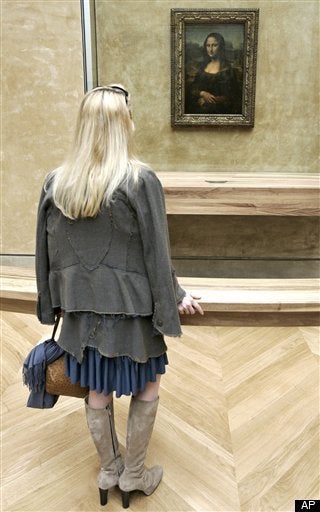
Price movements in the art market generally tend to lag behind those in the financial markets, in large part because the illiquidity of art and the lack of transparency in the market result in fewer opportunities for price adjustments. So when the Dow Jones closed above 10,000 points last week for the first time in a year, and Frieze art fair opened in London on the same day, art market observers were presented with an opportune time to take stock of where the art market stands a year and a half after the collapse of Bear Stearns and the start of the current financial turmoil. Despite the historical tendency of the art market to lag behind general economic indicators, we can already see signs that the art world is regaining confidence that works are priced appropriately both for their quality and in light of the greater economic situation.
Frieze is an important gauge of the health of the contemporary art market because it presents one of the few forums in which information about art sales is public, even if only on a limited basis. Last year's Frieze was, to a large extent, defined by the bankruptcy of Lehman Brothers, which occurred almost exactly a month before the start of the fair. This year's fair has so far indicated that the art market has stabilized and confidence has begun to return, as measured by sales volume and artwork prices. In London last week, dealers reported steady interest and some sales, although collectors deliberated longer and made lower offers. Two important explanations for this trend are the psychology of collectors' purchasing behavior in the market, and the generally enhanced quality of art produced during this past year's recession.
Like in speculative bubbles of all kinds, the art market is driven in part by the psychology that underlies purchasing behavior. The market for art has many features that differentiate it from the markets for other fungible goods -- artworks are unique, not substitutable, illiquid, and the market is not transparent. In addition, during the height of the art market bubble, speculative purchasing behavior was driven by a herd mentality, which drove prices up without a corresponding increase in the value or quality of the works purchased. After the financial markets collapsed, different art market sectors saw corrections of varying levels depending on the amount of speculation that had taken place in previous years. Collectors lost confidence in the market generally, and halted new acquisitions, leaving values of contemporary art up to 30% lower. A year of adjusting prices to fit in line with the broader economic reality has led collectors to approach Frieze with a more circumspect approach to valuation. We are therefore seeing prices stabilize and the frequency of acquisitions increase slightly several months after the financial markets began to recover this summer.
In addition, over the last year, many art professionals argued that an art market correction would lead to better quality art, which in turn would assist in returning confidence to prices. During the art market boom, the pressure to produce greater quantities of work for the growing number of exhibitions and fairs, coupled with rapidly rising prices, stunted creativity. Artists who are no longer as directly influenced or constrained by the marketplace have greater flexibility and creative leeway to produce art independent of demand. There is no doubt that many of the positive reviews of this season's exhibitions reflected a genuine response to the greater quality of works being produced.
We are therefore witnessing a convergence of two important factors, which combined are bringing stability back to the art market -- artists, somewhat relieved of the pressure to cater to the mercurial tastes of an exploding art market, and collectors, who are approaching their purchasing decisions with greater confidence in valuations. The number of confirmed sales and the adjusted prices at Frieze have provided us with these insights into the state of the contemporary art market. Next week's contemporary art fair in Paris, FIAC, will provide another important opportunity to take the pulse of the contemporary art market.